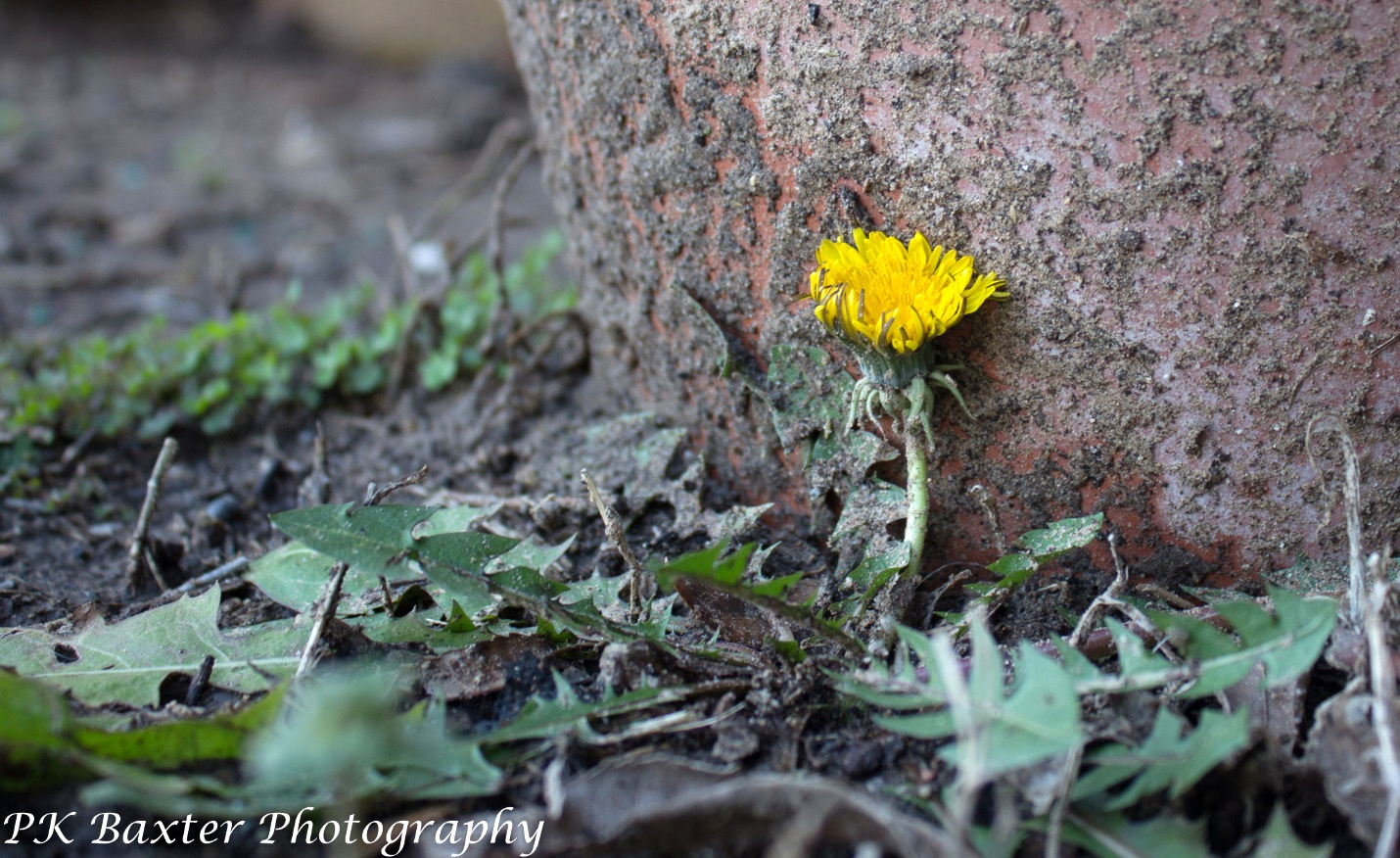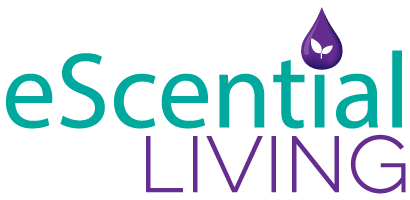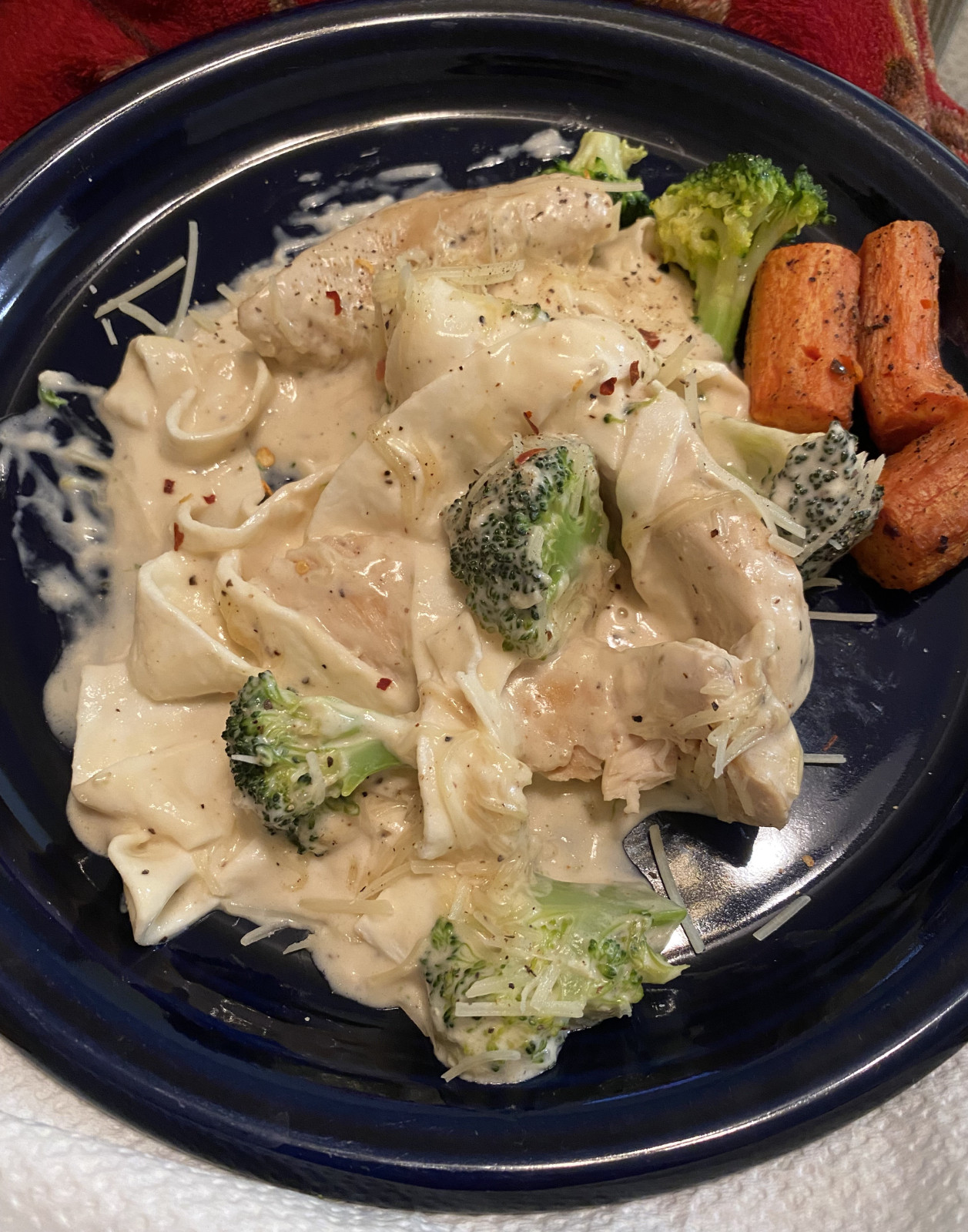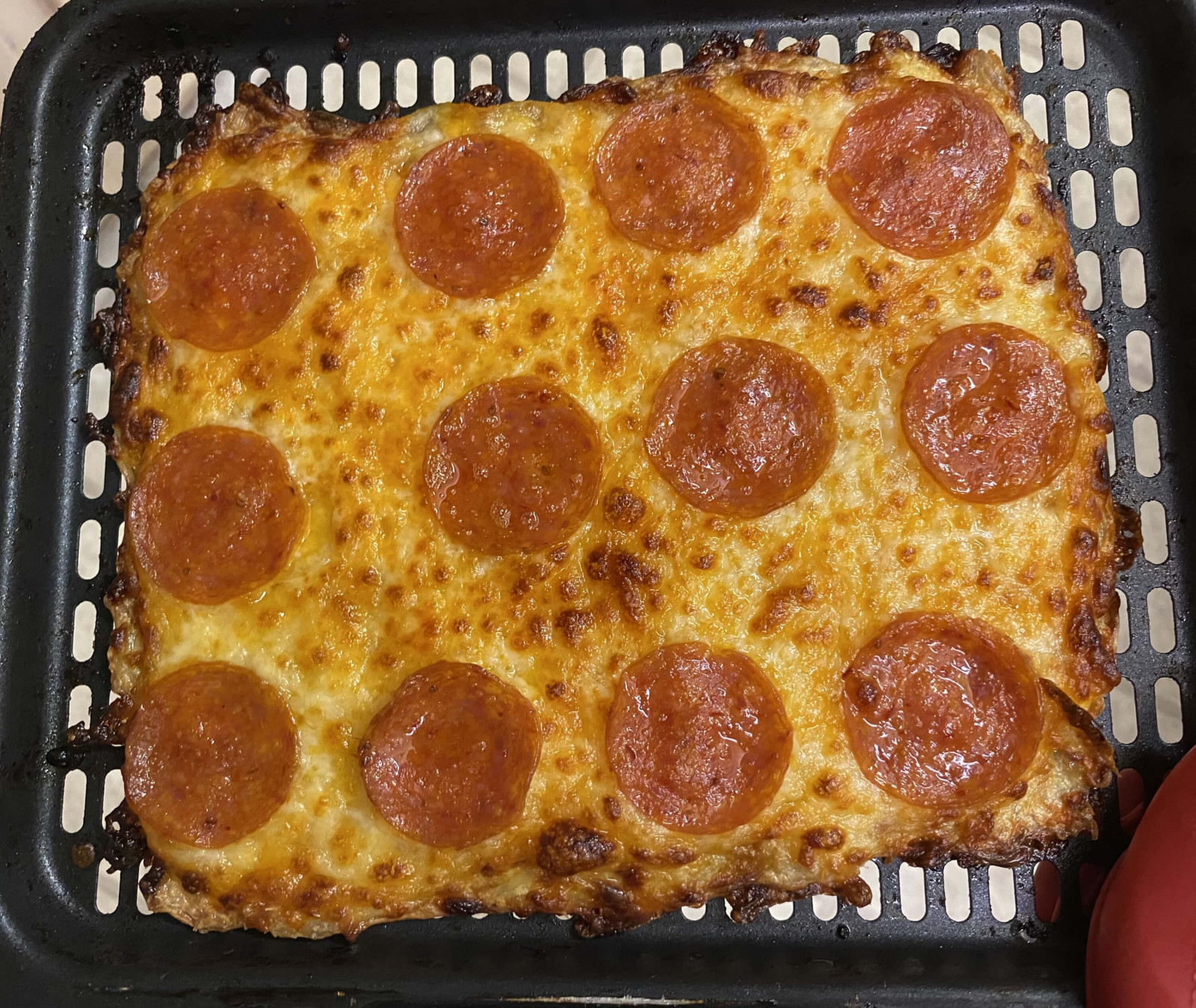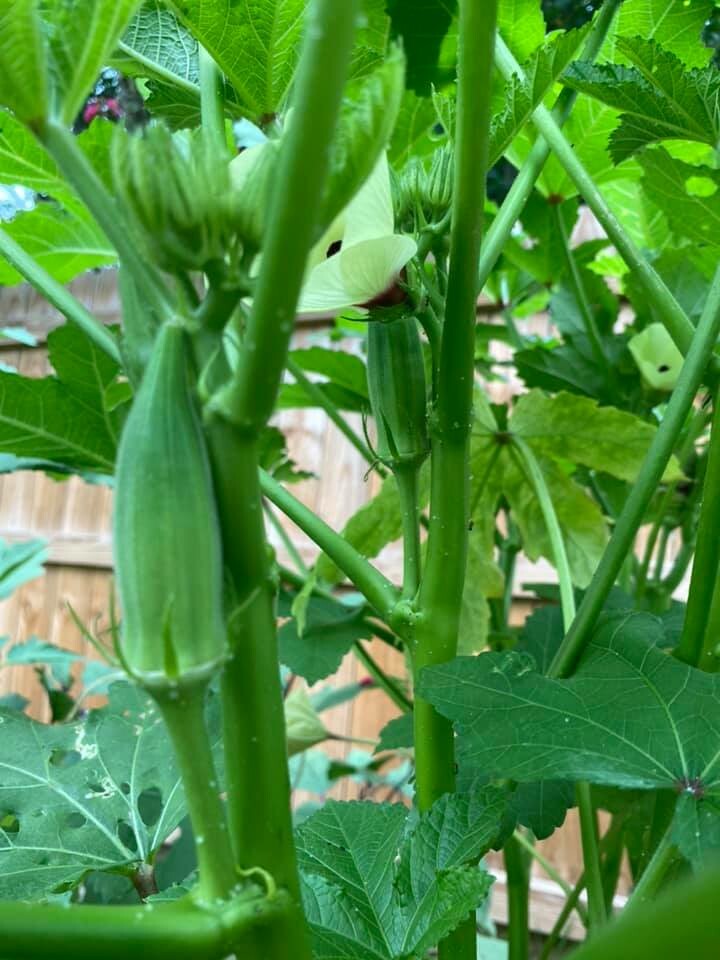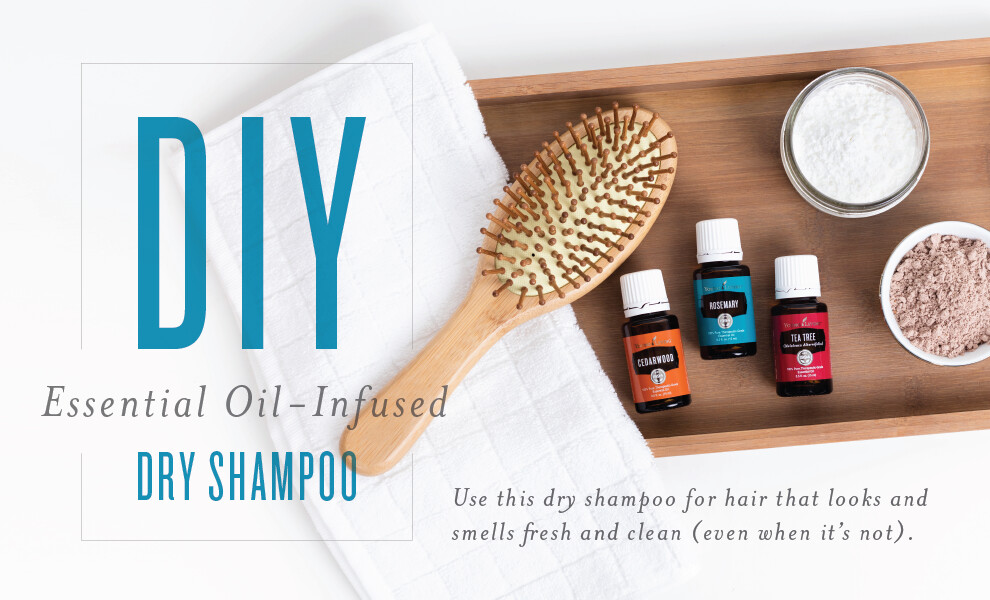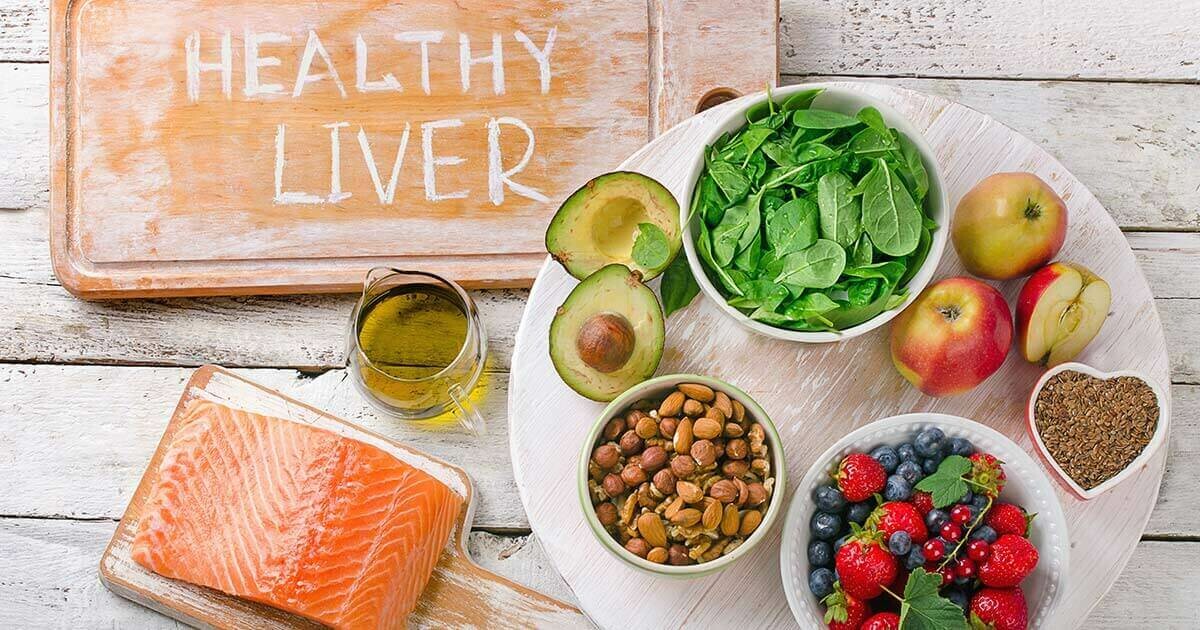Dandelions Welcome!

I saw some dandelions in my yard the other day, and I say that’s great!
My neighbors may not be so happy with me about that, but too bad.
While others call them weeds, I say not so fast, because they really have a lot of positive sides.
Be honest. Who, as a kid, used to love dandelions? I remember rubbing the flower on my chin or cheek. I know it sounds silly, and the “game” could have originated with buttercups, but if the pollen rubbed off and left a yellow spot, you liked butter. Even those who don’t know that one, however, probably remember blowing the seeds all over as they made a wish – the idea being you were blowing your wishes into the wind so they would come true.
It’s full of vitamins A, B, C, and D as well as iron, potassium and zinc. Although I didn’t find scientific studies, there are articles on organic and homeopathic websites, and even on the website for the University of Maryland Medical Center about some of the medicinal uses of the plant. They include as diuretic, liver problems, weight loss, stomach problems, appendicitis, diabetes, and a whole host of other things. Some sites even mention the cosmetic use, citing their benefits in skin and beauty care.
How about as a food source? You’ve probably heard of dandelion wine (in fact, I believe my grandfather used to make it). And I know some folks who pick the young leaves as one of the now popular “baby” greens for salads. They can also be served cooked, a lot like spinach. But every part of the plant can be used for one purpose or another. Even the root can be roasted like a root vegetable or to make a coffee substitute.
But far, far more important than as a game for kids, or a food source for the rest of us, is the role dandelions play in our ecosystem.
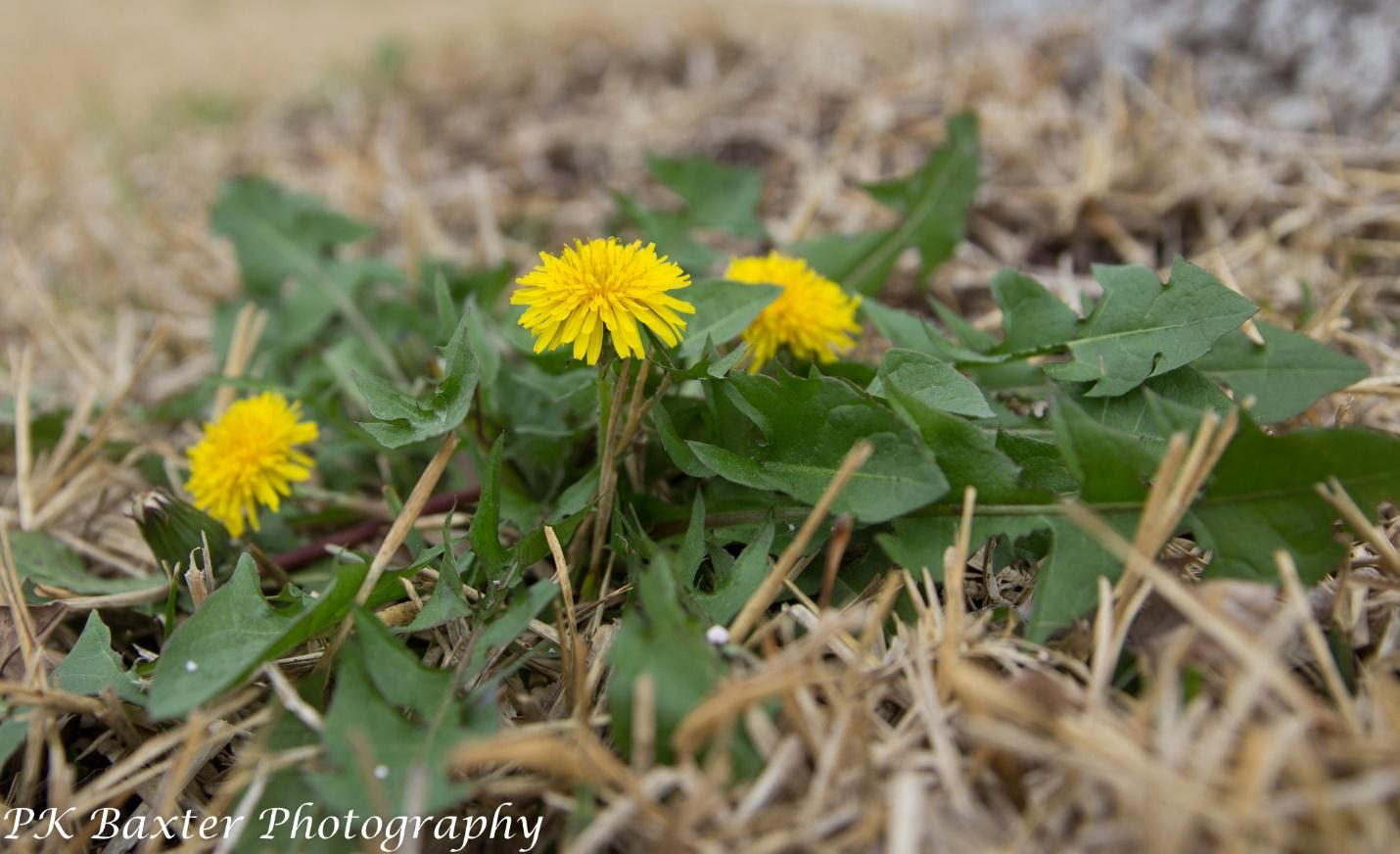
These bright flowers are one of the earliest flowers to bloom in spring and, as such, are an important source of food for several pollinators, including honeybees and several butterflies. Goldfinches and other birds eat the seeds, too. Each flower is 40-100 florets, each containing nectar, so pollinators don’t have to search for several flowers to feed on. Plus, dandelions bloom just about the time many of the species that feed on them emerge from overwintering sites.
Okay. So some still think of them as an annoying weed and wonder why they should give a care about all this.
Easy – our pollinators are important to us. Without them, we wouldn’t have the flowers we enjoy, nor many of the crops we use for food.
I can hear some folks now thinking I’m being a bit over dramatic. But consider this – at the time of writing this post, the US Fish and Wildlife Service and WorldWildlife.org have 8 species of bees on the endangered species list. Yes, most of those bees are native to Hawaii, but common to many parts of the US is one species of bumblebee that is a key pollinator of blueberries, tomatoes and many wildflowers (which in turn feed other pollinators). Also common to many areas are the 25 species of butterflies already on the endangered species list. As of December 2020, the USFWS decided that adding monarchs, a butterfly dear to many folks, to the endangered species list is warranted because of its drastic decline in population size. It is currently officially listed as “considered” because of some higher priority listings, but their population is being closely monitored while higher priority listings are handled. Because the monarch is so easily identified and popular, there are even folks who believe that as the monarch population goes, so do the populations of ALL pollinators.
Granted, the dandelion is only one small factor among many in the decline of some pollinator species, but it is a factor.
So in a society that prizes perfectly manicured, weed-free carpets of grass, I’m glad to see a few dandelions in my yard. I may not have enough of a crop for any of those medicinal purposes nor even a small glass of wine, but I am more than happy to let the few I have feed some bees, butterflies, and birds.
